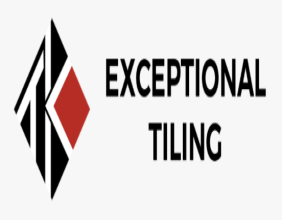Highlights
Midas Minerals Ltd (ASX:MM1) expands into copper mining with acquisition of a high-grade Namibian project.
The Otavi Project features multiple advanced-stage deposits including T13 and Deblin.
Acquisition aligns with company’s strategy to diversify and expand its resource base.
The mining sector serves as a crucial foundation for global industry and economic development. Metals such as copper have become vital across several industries, including electronics and renewable energy infrastructure. With the growing focus on energy transition and green technologies, companies within the mining sector are actively pursuing strategic projects to support this shift. Entities listed on indices such as the ASX 200 often reflect this trend through diversified resource portfolios and international acquisitions.
Strategic Expansion by Midas Minerals Ltd
Midas Minerals Ltd (ASX:MM1), aligned with the evolving landscape of mineral exploration, has recently initiated a strategic expansion into copper through the acquisition of a significant project in Namibia. The acquisition involves ten exclusive prospecting licenses, secured from Nexa Resources S.A, a Brazilian-based base metals group. This transaction is regarded by the company as a major development in its trajectory toward becoming a broader resource exploration company.
Located near Otavi in northern Namibia, the project spans a substantial area and is positioned within a region recognized for its geological mineral richness. The structure of the transaction includes upfront financial arrangements and milestone-based deferred components. A royalty interest remains with the original owner, with Midas Minerals retaining the right to modify this agreement through a future acquisition clause.
Key Deposits and Exploration Outcomes
The Otavi Project includes advanced-stage copper-focused deposits such as T13 and Deblin. Historical drilling and exploration programs have confirmed the presence of high-grade copper zones, with silver and gold also observed across several intersections. At T13, multiple mineralized zones have been encountered at various depths, highlighting its promise as a high-grade deposit. Similarly, the Deblin deposit has shown robust mineralization profiles, reinforcing the area’s geological continuity.
Further, exploratory attention is being given to other zones within the project boundary. Among these, the Hartebeestpoort Prospect has yielded core samples containing notable copper values, indicating broader mineral dispersion across the licensed area. These exploration results support ongoing resource definition efforts and future operational planning.
Strategic Direction and Operational Outlook
This acquisition reflects a broader strategy by Midas Minerals to diversify its project portfolio and secure valuable tenements within underexplored yet prospective terrains. According to company leadership, the project marks a substantial step in expanding its presence in the global mining arena and supports ongoing objectives tied to long-term exploration growth.
The focus on copper aligns with current sector dynamics that emphasize metals essential to electrification and infrastructure expansion. The regional setting of Namibia, combined with an accessible logistics network and established mining framework, enhances the project's viability for further development.
Industry Engagement and Market Dynamics
Since the announcement, Midas Minerals Ltd (ASX:MM1) has witnessed heightened engagement from market watchers and industry stakeholders. The move is being monitored as part of a broader wave of Australian-listed companies seeking diversified resources outside traditional geographies. The response has been evident across market commentary and investor circles, reflecting an active interest in how such acquisitions could shape the company’s standing within its index and sector.
With the company’s shares most recently observed at a consistent level, industry analysts continue to assess how such strategic additions may align with broader trends across ASX 200 mining entities. The project’s scale and mineral profile position it as a relevant development within the evolving narrative of resource exploration in Africa.




